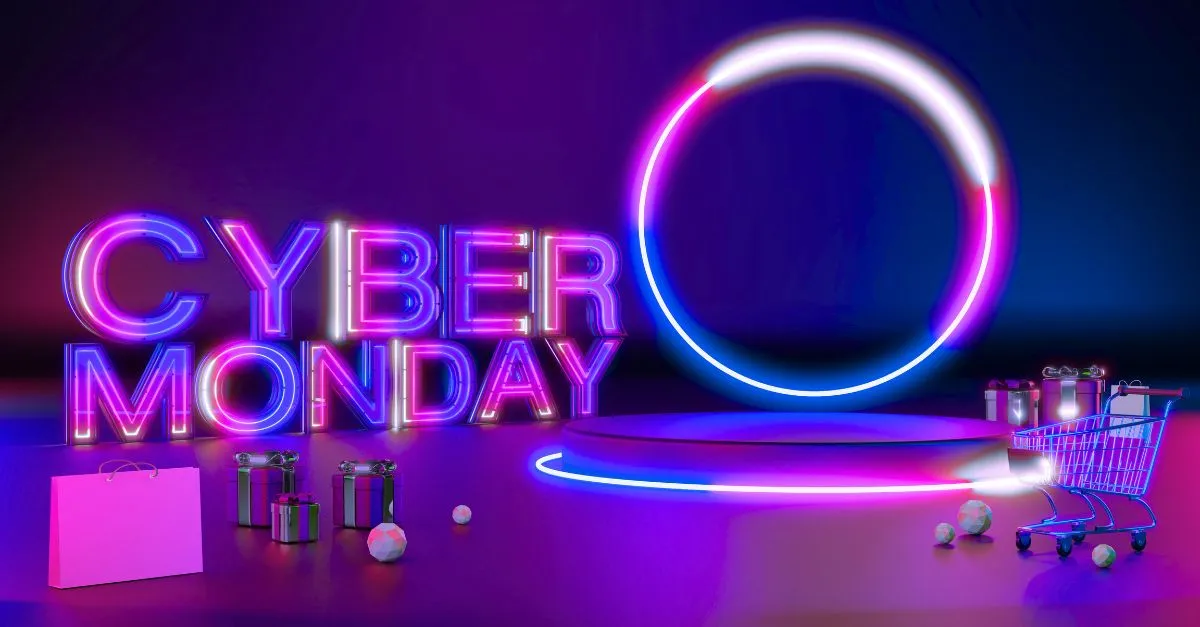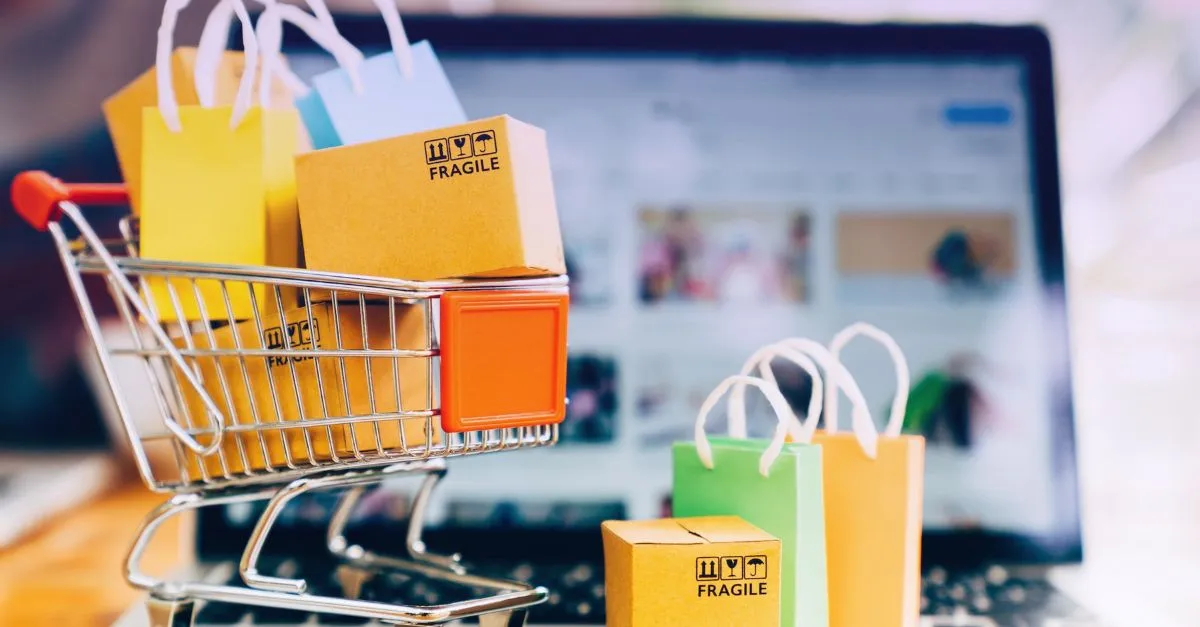Growth in Grocery: Food Delivery Businesses in 2024

The food delivery industry has undergone a substantial shift in recent years, propelled by evolving consumer preferences, technological advancements, and the last effects of the COVID-19 pandemic. In 2024, the online food delivery market is forecasted to reach US$1.20tn globally, with a projected market volume of US$1.85tn by 2029. Consumers expect fresh, high-quality products delivered to their doorsteps, and companies are responding by diversifying their offerings and enhancing their services. From specialty businesses to larger players, the grocery and meal delivery sector has experienced exponential growth, with the United States and China leading the way with their large consumer base and robust delivery infrastructure.
The Surge of Speciality Food Deliveries
In the last decade, many companies specializing in niche food categories have emerged as dominant players in the market. For example, Get Maine Lobster delivers fresh seafood directly from Maine to consumers across the United States, exemplifying how regional and specialized food delivery businesses are carving out their own space. This business taps into consumer demand for premium, fresh seafood, offering an experience that grocery stores struggle to replicate. The appeal lies in quality and convenience; Get Maine Lobster delivers lobster, shellfish, and other ocean delicacies from the dock to the dining table with minimal delay and optimal freshness.
Similarly, Meat N Bone offers a high-end, direct-to-consumer butcher experience. They deliver premium cuts of beef, pork, poultry, game, and even seafood to households throughout the United States. Their focus on hand-cut, premium meats caters to a growing market segment that is willing to pay for quality and convenience. With direct partnerships with farms and specialized butchers, Meat N Bone has become a go-to platform for meat lovers looking for alternatives to grocery store selections. They have also implemented a pre-cooked meal subscription crafted by Michelin Star Chef Chucho Rojas. Businesses like these are positioned for continued growth as consumers continue to seek out gourmet products delivered directly to their doors.
Mainstream and Subscription Services
Beyond specialty foods, general grocery delivery services have also seen remarkable growth, with companies like Instacart, GOAT Foods, and HelloFresh expanding their reach. While these businesses offer more mainstream groceries or meal kits, their impact on the market is substantial. GOAT Foods, for instance, has pioneered innovative ways to source and deliver tasty treats, offering six separate websites catering to licorice, caramels, pretzels, taffy, chocolate, and cupcakes. They are currently expanding their selection to four more websites that will deliver bagels, cookies, cashews, and truffles right to your door.
The rise of subscription-based models has been a significant contributor to the growth of food delivery services, as previously mentioned with Meat N Bone. On the mainstream side of things, HelloFresh and Blue Apron are household names in the meal kit delivery space. Their pre-portioned ingredients and easy-to-follow recipes are designed to make home cooking more accessible, especially for busy professionals. This model, which marries convenience and fresh ingredients, has become highly popular among consumers who want to avoid meal planning while still cooking from scratch.
Technology and Logistics
Technology is a major driving force behind the exponential growth in grocery and food delivery businesses. Innovations in app development, route optimization, and order tracking have enabled companies to refine their logistics operations, offering faster and more reliable deliveries. The integration of artificial intelligence (AI) and machine learning (ML) into supply chain systems has also allowed companies to better predict product demand, manage inventories, and minimize waste, all while keeping costs down.
Additionally, partnerships between logistics platforms and food delivery companies have become increasingly common. Businesses are outsourcing their deliveries to specialized services like Uber Eats and DoorDash, evolving them from restaurant delivery services to players in grocery delivery, partnering with local stores and larger supermarket chains. This expansion into grocery deliveries by well-established platforms is further evidence of the increasing demand in this sector.
Consumer Preferences and Trends
Consumer preferences are evolving in favor of health, sustainability, and convenience, and companies are striving to keep pace. Customers are looking for more than just convenience; they’re increasingly interested in where their food comes from and how it’s produced. Businesses that can address these concerns are better positioned to thrive in the competitive marketplace.
Ultimately, many customers now expect a seamless online experience, from browsing to ordering to receiving their deliveries. Companies that invest in intuitive mobile apps, easy subscription services, and efficient customer service will continue to grow. This trend is evident among younger, tech-savvy consumers who prioritize convenience and customization. Whether delivering gourmet seafood, premium meats, or sweet treats, these companies are reshaping how we shop and consume food.


.png)

